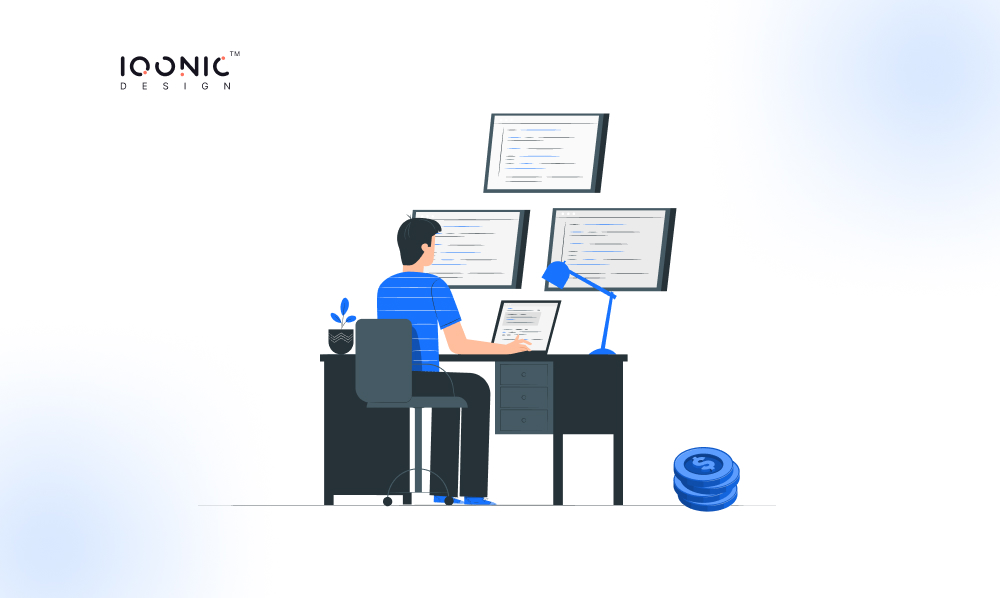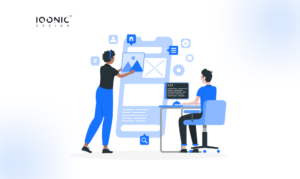
The Ultimate Guide to Web App Development Costs
Understanding the costs associated with web app development is crucial in today’s digital landscape. Whether you’re a business owner, a startup, or an individual with a great app idea, knowing the financial implications of your project is essential. It allows you to plan your budget effectively and make informed decisions.
Several key factors influence web app development costs, and being aware of these factors can help you manage your resources wisely. Let’s delve into some of the primary factors that impact the overall cost of developing a web app.
Key Factors Affecting Web App Development Costs

1. Project Complexity
The complexity of your web app project is a major cost driver. A simple informational website will cost significantly less than a complex e-commerce platform or a social networking app. The more intricate the project, the more time and expertise it requires, leading to higher development costs.
2. Features and Functionality
The features and functionality you want in your web app directly influence costs. Each feature, from user authentication to payment gateways and real-time updates, adds to the development effort. The more features you include, the more development hours are needed, increasing the cost.
3. Technologies Used
The choice of technologies, such as programming languages, frameworks, and databases, also plays a role in cost determination. Some technologies are more time-efficient but may have higher licensing fees, while others are open-source but may require more development time. Selecting the right mix is critical to managing costs.
Understanding these factors is the first step in estimating and controlling your web app development costs. In the following sections of this guide, we’ll explore different cost components, cost optimization strategies, and hidden costs to help you navigate the financial aspects of your project.
Types of Web App Development Costs
Regarding web app development costs, it’s essential to understand the various components that make up the budget. These components typically include:
Development Costs:
This is the heart of your project, covering the expenses associated with coding and building the web app.
Design Costs:
Testing Costs:
To ensure your web app functions flawlessly, testing is vital. This involves quality assurance (QA) testing, bug fixes, and performance testing.
Maintenance Costs:
Once your web app is live, ongoing maintenance is needed to keep it up-to-date, secure, and free from issues.
Estimating Development Costs
Estimating web app development costs is a critical step in your project. Two common methods are:
1. Hourly Rates:
Many developers charge an hourly rate. To get accurate estimates, provide a clear project scope and ask for a breakdown of how many hours different tasks will take. Be sure to discuss potential additional costs.
2. Fixed Pricing:
Some developers offer fixed pricing, where you pay a predetermined amount for the entire project. To ensure accuracy, ensure your project requirements are well-defined and thoroughly documented.
Tips for getting accurate estimates from developers include:
- Clearly define your project requirements, including features, functionality, and design preferences.
- Request detailed proposals that itemize the scope of work and associated costs.
- Check references and reviews to verify the developer’s reliability and quality of work.
Understanding these aspects of web app development costs and estimating methods will help you plan your project budget effectively.
Cost Optimization Strategies
Optimizing costs during web app development is essential to stay within budget. Here are some strategies to help you achieve cost-efficiency:
1. Clear Project Requirements:
Define your project requirements meticulously. When developers have a crystal-clear understanding of what you need, it reduces rework and avoids unnecessary expenses.
2. Prioritize Features:
Prioritize essential features and functionalities. Start with a minimum viable product (MVP) and add features as needed. This approach minimizes initial costs.
3. Open Source Solutions:
Utilize open-source technologies and tools. They are often cost-effective and provide high-quality solutions.
4. Agile Development:
Implement agile development methodologies. This allows for flexibility and cost control by adjusting the project as it progresses.
Hidden Costs to Be Aware Of
While budgeting for web app development, it’s vital to be aware of potential hidden costs, such as:
1. Maintenance Expenses:
Beyond development, ongoing maintenance and updates are necessary. Plan for these recurring costs.
2. Third-Party Integrations:
Integrating with third-party services or APIs may incur additional charges or licensing fees.
3. Security:
Neglecting security measures can lead to costly breaches. Invest in security to avoid potential financial losses.
4. Scalability:
If your app experiences unexpected growth, scaling infrastructure and features can strain your budget.
By considering these factors and implementing cost optimization strategies, you can successfully manage your web app development budget and minimize unforeseen expenses.
Case Studies
Let’s explore some real-world case studies to understand how web app development costs can vary. For instance, a simple informational website for a small business might cost around $5,000, while a complex e-commerce platform with advanced features could exceed $100,000. These variations highlight the impact of project complexity, features, and technologies on costs. Case studies offer valuable insights into how different factors influence budget allocation.
Conclusion
In conclusion, web app development costs are influenced by various factors, including project complexity, features, and technologies. To ensure cost optimization, clear project requirements are essential, and prioritizing features can help manage expenses. Hidden costs like maintenance, third-party integrations, security, and scalability must be considered. Case studies illustrate the cost variations in different projects.
The key takeaway is the significance of budgeting and planning in web app development. A well-defined budget and a comprehensive project plan are the cornerstones of a successful and cost-effective development process. By understanding the factors at play and implementing cost optimization strategies, you can navigate the financial aspects of web app development with confidence.






